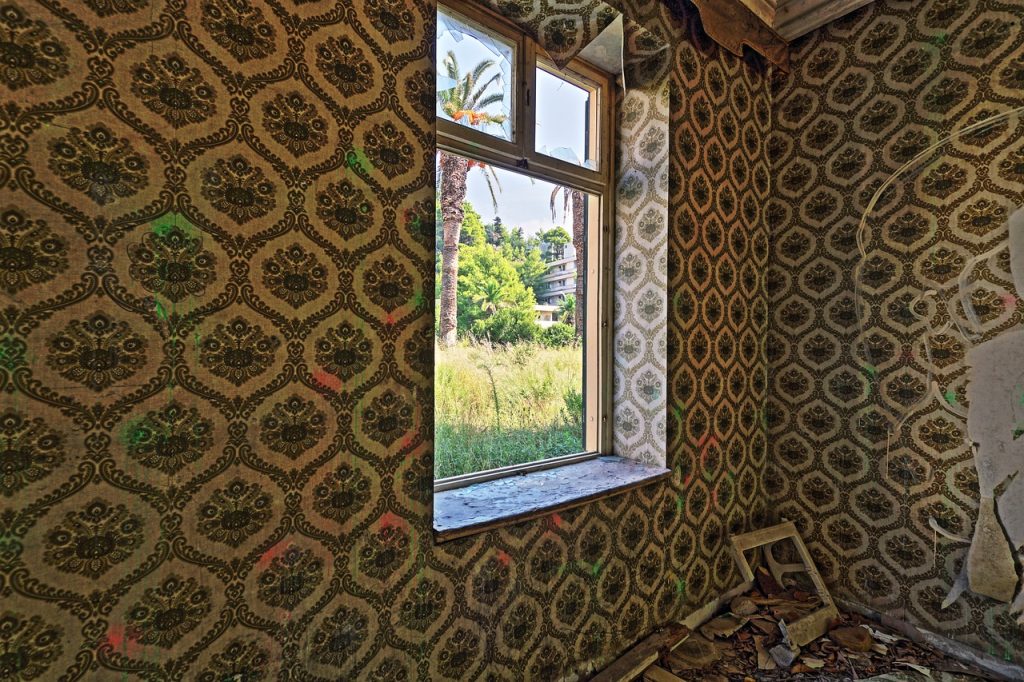Moisture is one of the most silent — yet destructive — threats to a home. From warped wood to mold infestations, even small leaks can spiral into big, expensive problems if left unnoticed. As home inspectors, we’ve seen firsthand how moisture issues start small and grow into budget-busting repairs.
The good news? Many moisture problems are easy to spot early — if you know where (and how) to look. Whether you’re a homeowner or a prospective buyer, here are the key signs and strategies to identify moisture trouble before it gets out of hand.
🚿 1. Follow Your Nose: Musty Smells Signal Trouble
If a room smells damp, earthy, or “off,” it’s often a sign of mold or mildew, which thrive in moisture-rich environments. Basements, bathrooms, and laundry rooms are the usual suspects, but that smell can indicate hidden issues in walls, crawlspaces, or under floors.
Tip: Trust your nose. If it smells like a wet towel, dig deeper.
🔍 2. Look for Stains and Discoloration
Water leaves visible traces behind:
- Yellow or brown spots on ceilings or walls
- Peeling or bubbling paint
- Dark rings or stains near windows and baseboards
These are telltale signs that water has entered where it shouldn’t — often from roof leaks, plumbing issues, or poor exterior sealing.
🧱 3. Check Around Windows and Doors
Windows and door frames are prime targets for moisture intrusion, especially if they haven’t been properly caulked or flashed. Feel around the trim — if it’s soft, damp, or shows signs of rot, it’s time to act.
Bonus Tip: Condensation on the inside of windows (especially double panes) may signal high indoor humidity or poor insulation.
🧯 4. Examine the Attic and Crawlspace
Moisture often accumulates in places we don’t visit often. In the attic, look for:
- Damp insulation
- Darkened wood
- Signs of mold
In crawlspaces, check for standing water, condensation on pipes, or sagging insulation. These are hotspots for hidden damage.
🏠 5. Watch for Warped or Buckled Floors
Wood floors, laminate, and even tile can show signs of water damage:
- Warping or cupping boards
- Buckling at the seams
- Loose tiles or grout
These issues may stem from slow plumbing leaks, slab moisture, or high humidity levels.
🌧 6. Pay Attention After It Rains
Heavy rain is nature’s moisture test. After a storm, take a walk around your home — inside and out — and look for:
- Pooling water near the foundation
- Water stains in the basement or garage
- Damp drywall or carpet
Pro Tip: Poor grading and clogged gutters are often the hidden causes of water intrusion.
🧰 7. Invest in Moisture Detection Tools
You don’t need to be a pro to use some helpful tools:
- Moisture meters detect dampness inside walls or floors
- Infrared thermometers can show cold spots where water may be present
- Hygrometers measure indoor humidity levels (aim for 30%–50%)
Many of these are inexpensive and can catch issues before they become visible.
🛑 Why Early Detection Matters
Unchecked moisture can lead to:
- Structural rot
- Mold-related health issues
- Foundation cracks
- Sky-high repair bills
A minor leak today could turn into a major renovation tomorrow. Regular checks and proactive maintenance can save you thousands — and extend the life of your home.
🛠 When in Doubt, Call a Pro
Not sure if you’re seeing moisture damage? That’s where we come in.
A professional home inspection includes moisture evaluation in critical areas like roofing, basements, plumbing, and HVAC systems. We use advanced tools (like thermal imaging) to detect hidden leaks and help you act before it’s too late.
Final Thoughts
Water might be essential for life — but it’s a home’s worst enemy when it’s in the wrong place. By staying alert to the signs above, you can protect your property, your health, and your wallet.
💬 Got questions or need help diagnosing a potential issue? Contact us today for a comprehensive inspection — peace of mind starts with knowing your home is dry and sound.

